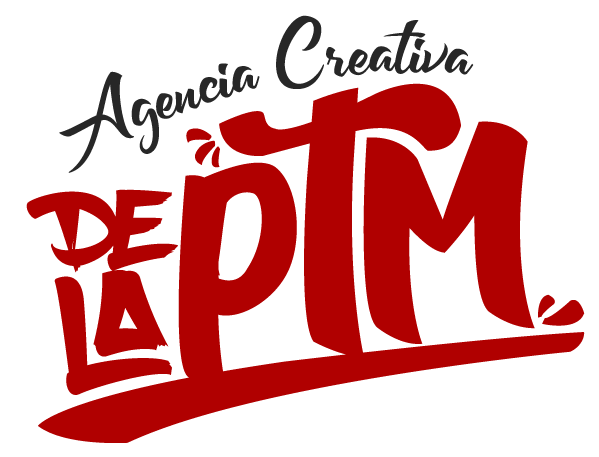If you are going to be using this as a flat file storage, using JSON will serve you much better. JSON maps to and from objects with much less hassle than you will have kludging CSV to do so. We further want to be able to reliably de-serialize the objects from our storage format. It’s also really common in certain industries when dealing with legacy systems and workflows.
This is all done via the ARMS Data Port Process, designed to let your agency import data from your previous system. ARMS includes additional support for sharing data with Global Justice XML, which uses a common format, so you can easily share data. This includes sharing information with the government and the ability to automate data sharing following an initial export.
- One of the most notable differences between CSV and XLSX files lies in their formatting capabilities.
- By understanding the differences and similarities between these file formats, you’ll be better equipped to make informed decisions when it comes to storing and sharing your data.
- In general, if you have simple tabular data with out many special characters, CSV isn’t a bad choice.
- In terms of compatibility and accessibility, CSV files have the advantage of being more universally compatible with various software programs, as they can be opened in any text editor.
- When it comes to data organization, CSV files store data as plain text separated by commas, while XLSX files store data in a tabular format with rows and columns.
All you need to do is open the CSV file and then save it as a new Excel workbook using the Save document as option in the Close Excel action. This limitation may present accessibility issues for some users who do not have access to the required software. For instance, XLSX files are not as compact as CSV files and may be more challenging to edit manually due to their XML based nature.
How do you decide between CSV, JSON, or XML for data analysis?
JSON is a lot nicer (and terser) than XML but is similar in many respects so I’d expect a similar result when creating an new importer on that system. XML files are known for their flexibility when it comes to representing structured data. XML uses tags to define elements and attributes to provide additional information about those elements. This hierarchical structure allows for complex relationships between different data entities.
XML is ideal for data analysis when you have data that is highly structured and hierarchical, and when you want to work with data from XML-based sources or tools, such as XML databases or XSLT. Csv File CSV or Comma Separated Values is a file format that supports large database information and spreadsheet in the form of plain text file. In this type of file format, each record is displayed in individual line that is separated by commas and it is easy to open this file format even in Notepad.
Json was a close second and since the yaml library parsed json I chose yaml over it. It is easy to see that CSV files take up much less storage space, as their structure is simple and small, so it is also great for streaming large volumes of data. XML (Extensible Markup Language) is a markup language that defines a set of rules for encoding hierarchically organized documents.
What is the main difference between a XLSX file and CSV file?
They are commonly utilized in web services, document storage, configuration files, and data exchange between different systems. Many programming languages provide built-in libraries for parsing and manipulating XML files, making them easy to work with in a development environment. NestedText results in a very simple configuration format that is suitable for both programmers and non-programmers.
ARMS data port allows for either format for exports
Sure, there’s a semi-standard way to do escaping in CSV (i.e., “the way Excel does it”), and it’s not exactly hard to write yourself, but it does take some time. And then you’ve got to implicitly agree on a character encoding out-of-band. But then, because it’s so simple, people try to write it themselves, and invariably screw up either #2 or #3. I’ve also found that some cvs generators/parsers have a lot of difficulty with general text data.
After discovering the technical documentation was severely lacking, he requested an example file. I’ve never used a python file as config, but it does seem to work well for django. It does allow you to have some code in the config which might be useful. The need to convert between types of data has become very common, a fact that we can also certify through Google Trends. There are too many and I don’t have the knowledge to choose. I am looking for objective criteria, not subjective opinions.
CSV: Simple and Universal
Convert JSON to CSV – This will be the process of uploading your JSON files. Immediately upon uploading your JSON file it will begin to convert the data you have stored. Export data in CSV formats or Extended Markup Language (XML) files.
The similarity between TSV and CSV can lead to confusion about which tools are appropriate. Furthering this confusion, it is somewhat common to have data files using comma as the field delimiter, but without comma, quote, or newlines in the data. No CSV escapes are needed in these files, with the implication that traditional Unix tools like cut and awk can be used to process these files.
For example, news feeds received via RSS using an XML file to structure the information. Converting between CSV and XLSX files can be easily accomplished using a variety of software tools, such as Microsoft Excel and Google Sheets. To help you get the most out of your chosen file format, we’ve compiled a list of practical tips for working with both CSV and XLSX files.
Approaches that generate CSV escapes will enclose a number of the output fields in double quotes. The format has been supported in 4store since its public https://accounting-services.net/what-is-the-difference-between-a-csv-and-xml/ release, and
it’s reasonably widely used. Many months passed, and then one bright Autumn day, Rob was given the specification and began working.


